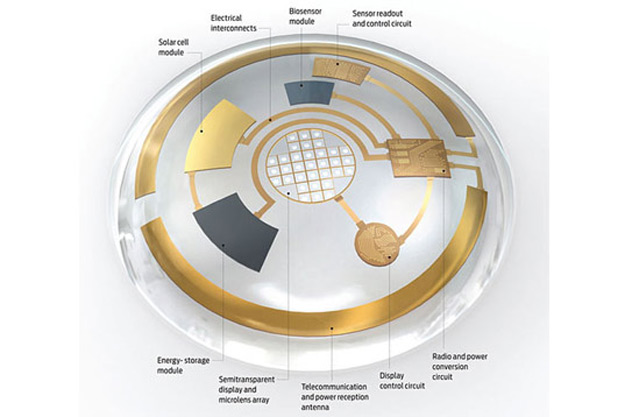
The line between technology and human biology has become increasingly blurred over the years. We have come to rely on technology to augment or supplement our bodies own natural functions in many different ways, often to great success. You need not look further than the hearing aid, pacemaker, or laser eye surgery to see examples of technology intimately interfacing with our everyday lives and improving on it. In this digital age, even today’s smartphones perform functions we were resigned to doing on larger computers and devices no more than ten years ago.
With computers and smart devices decreasing in size and increasing in function, it seems that researchers at the University Washington are taking that concept even further. A team from the University has recently completed trials on a new generation of Terminator-like contact lenses that would allow wearers of the next-gen lenses to receive emails directly to their eyes and even supplement their vision with various information from the internet.
While the contact lenses are small, the circuitry within is even smaller. The lenses feature layers of metal measuring barely a few nanometers thick and LED diodes measuring one-third of a millimeter across.

Of course, there are risk factors inherent with any technology that seeks to integrate so intimately with the human body, and these computerized lenses are no different. Right now, the prototype lenses can only be powered while close (centimeters) to a wireless battery, which brings into question not only practicality concerns, but questions and concerns as to how the human eye and body would react to such long-term exposure of electrical circuits on the surface of the eye.
The team at Washington University has currently finished with animal trials and is attempting to explore the possibility of complex holographic imagery and consumer applications such as price comparisons through the lenses. There is also the hope that the technology can be expanded for uses within the medical field as well as home entertainment. One can only imagine that with streaming video beamed directly into your eyes it would give a whole new meaning to the term “sitting too close to the TV”.
Regardless of whether you approve of biology and technology overlapping, the reality would suggest that further integration between man and machine will not subside any time soon.


